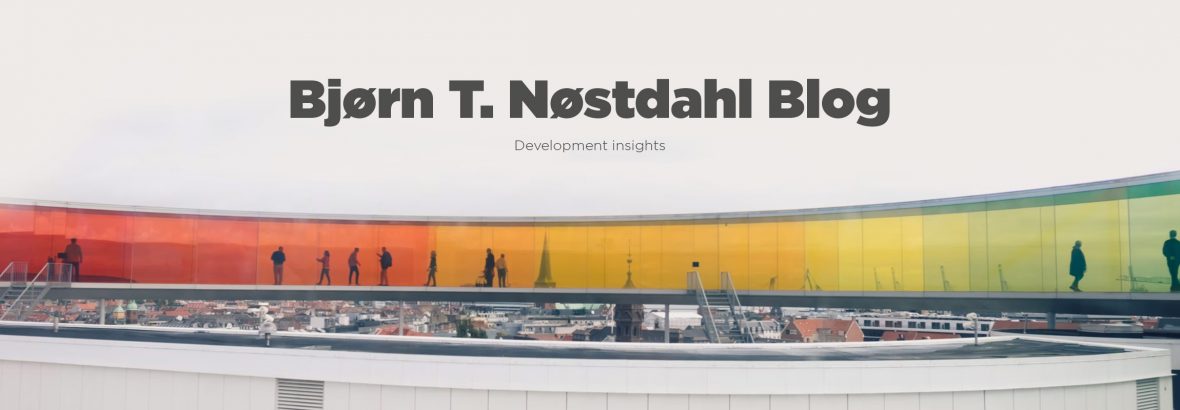All good things come to an end and LEAP is no exception. It was a great week full of interesting and enlightening sessions. Day 5 was a fitting end to the week with its focus on Design with best practices.

Let’s get to the sessions; the day began with a keynote by Derek Martin on the topic Design for failure. Derek is a Principal Program Manager and spoke about what not to do when designing a product. He spoke about building Azure and how the lessons learned can be used to understand and anticipate challenges.

The focus was given to managing unexpected incidents not only in the application environment but also in the cloud as a whole.
Brian Moore took over with his keynote on Design for Idempotency – DevOps and the Ultimate ARM Template. He is a Principal Program Manager for Azure. The focus of the session was on creating reusable Azure Resource Manager Templates and language techniques to optimize deployments on Azure. The intention of these reusable templates is to introduce a “Config as code” approach to DevOps.
He took his time to explain “the Ultimate ARM Template” and other key points about the template. Brian Moore explained that the Ultimate ARM Template utilized utilised any language constructs to increase the impact of minimal code. The template simply looks to simplify all of your work. It also offers a variety of benefits for all of its users to enjoy. To guarantee the efficiency of ARM, he explained the practice to avoid. It’s a template which provides you with the best options for the most effective results and lack nothing essential.

Alexander Frankel, Joseph Chan, and Liz Kim conducted their join keynote on Architecting well-governed environment using Azure Policy and Governance after the morning coffee break.
They illustrated real-life examples of how large enterprises scale their Azure applications with Azure Governance services like Azure Policy, Blueprints, Management Groups, Resource Graph and Change History.
The next session was on Monitor & Optimize your cloud spend with Azure Cost Management and was conducted by Raphael Chacko. Raphael is a Principal Program Manager at Azure Cost Management.
The keynote’s main focus was optimizing expenditure on Azure and AWS through cost analysis, budgeting, cost allocation, optimization, and purchase recommendations. The main features of Azure Cost management were highlighted.

It was right back to business after a quick lunch break. Stephen Cohen took over with his session on Decomposing your most complex architecture problems.
Most of the session was spent on analyzing and coming up with answers to complex architecture-related problems raised by participants. It was a very practical session and addressed many commonly faced issues.

The next session was conducted by Mark Russinovich, the CTO of Microsoft Azure.

Day 5 had a shorter agenda and was concluded with Derek Martin returning for another keynote on Networking Fundamentals. Derek spoke about Azure Networking Primitives and how it can be used to leverage the networking security of any type of organization using Azure environments. Azure Networking Primitives can be used in a flexible manner so that newer modern approaches to governance and security protocols can be adopted easily.
And that was it. The completion of a great week of LEAP. I hope all of you enjoyed this series of articles and that they gave you some level of understanding about the innovations being done in the Azure ecosystem.


















